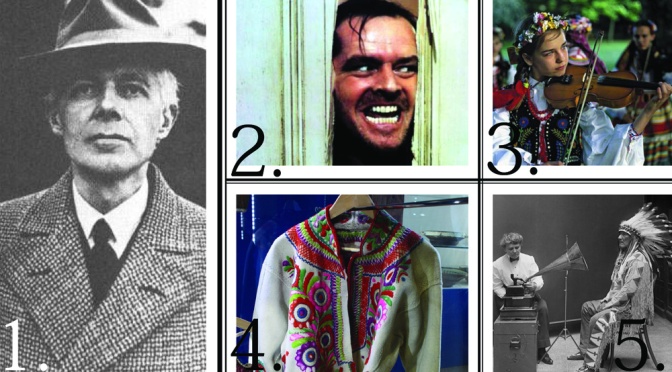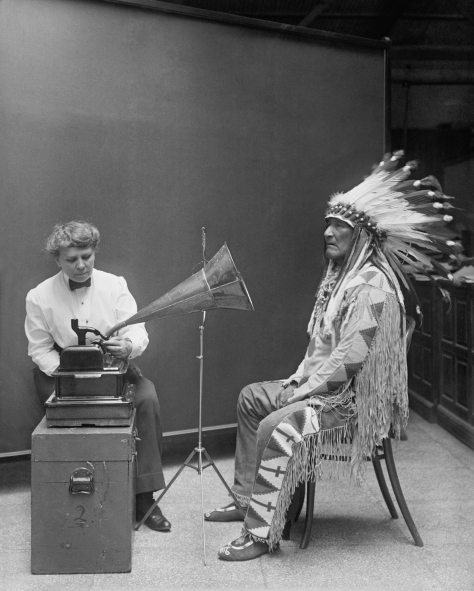It’s Hungarian classical music composer and pianist Bela Bartok’s birthday tomorrow (March 25th), so to celebrate we’ve decided to dedicate our weekly Monday moodboard to him, one of the greatest composers to come out of the country.
1. Bela Viktor Janos Bartok
Born on March 25th, 1881, Bela Bartok showed an innate musical ability from a very young age, playing 40 pieces on the piano by the time he was four and distinguishing between dance rhythms before he could even talk in full sentences.
His early influences included Zoltan Kodaly, Richard Strauss and Claude Debussy. In 1911, he composed his only opera – Bluebeard’s Castle – which he dedicated to his first wife, but after entering it into a competition where it was not received favourably he composed very little over the next three years, instead concentrating on arranging and collecting folk music.
2. The Shining
One of Bartok’s best-known compositions – Music for Strings, Percussion and Celesta – was commissioned to celebrate the Basler Kammerorchestra’s 10th anniversary. It’s been featured in all sorts of films, such as Being John Malkovich (which makes use of the second movement), and perhaps most famously Stanley Kubrick’s The Shining.
3. Hungarian folk
In 1908, Bartok’s interest in folk music grew after he heard a nanny singing songs to children. He went travelling around the countryside to collect old Magyar melodies, soon incorporating these into his own compositions such as his For Children works for solo piano that had 80 folk tunes he penned accompaniments for.
He spent his time on expeditions to places like Slovakia, Bulgaria and Romania collecting folk tunes, although he was forced to stop when World War I started, which saw him begin to compose once again.
If you’re a big Bela Bartok fan, then you really do need to consider making a trip to Budapest to visit the composer’s house, which has now been turned into a museum and concert hall, with performances put on throughout the year.
There are lots of photos, furniture, book and some of Bartok’s personal belongings to see, as well as folk music exhibitions featuring items like the jumper in the picture above.
5. Ethnomusicology
The study of world music, ethnomusicology was initially the study of non-Western music, with practitioners looking at the art within culture, as culture and as a reflection of culture. Since it first came to the fore, the definition has now been widened to include the study of world music according to certain methods – such as the conducting of fieldwork and travelling to areas of interest to collate information.
Through his interest in folk music, Bartok was one of the founders of ethnomusicology, working on a big collection of Croatian and Serbian folk songs in the libraries of Columbia University after he moved to the US during World War II.






